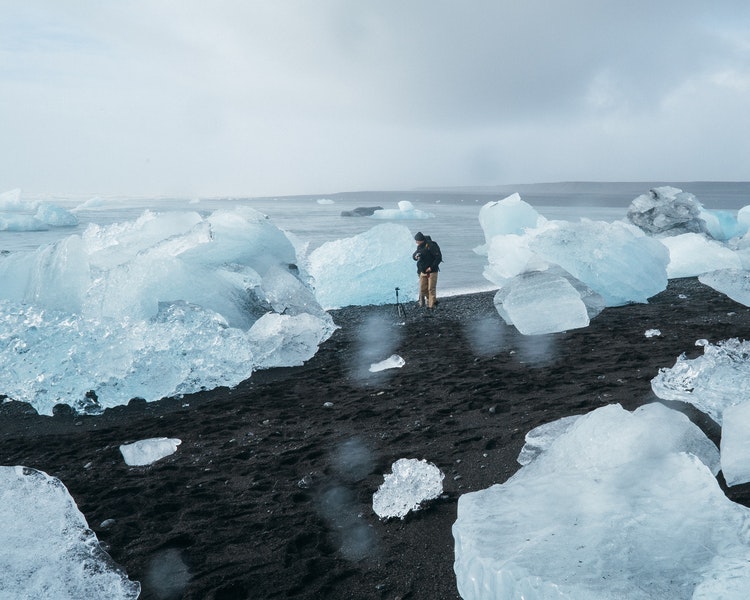
The past few years have been marked by an uptick in extreme weather events like hurricanes and wildfires. These events, paired with record temperatures and other unusual weather phenomena — like an unusually early spring in the U.K. last year and record rainfall in the American Midwest — have led some to wonder if climate change may be behind the increase in natural disasters.
So — is climate change really making the weather more extreme?
How Climate Change Causes More Extreme Weather
In short, probably.
Scientists are reasonably sure that increased temperatures as the result of climate change have made extremes in precipitation — heavy rainfall and drought — more likely. The relationship between all extreme weather and climate change is less clear. There is evidence, however, to suggest that higher temperatures make for more intense weather. One analysis from Carbon Brief estimated that 68% of all severe weather phenomena to date were made more likely by the effects of climate change.
You can think about the relationship between climate change and weather like adding gas to a fuel tank or a log to a fire. The more energy you have, the bigger the result you’ll get.
For example, natural disasters like tropical storms and hurricanes effectively use warm water as fuel. So long as a storm is over high-temperature water, it can grow in intensity. Record sea surfaces, as a result, can create extremely intense storms, like Hurricanes Harvey and Maria. At the same time, warm surface temperatures also produce more water vapor. This vapor rises into the atmosphere, then falls as rain — causing the flooding associated with hurricanes.
Hotter temperatures also tend to dry out areas that are already prone to droughts — such as much of California and Australia. The drier these places get, the more kindling there is for wildfires. When an area is dry enough, all it takes is a misplaced campfire or a sparking electrical wire for a massive blaze to begin.
Will rising temperatures continue to make extreme weather events even more extreme? Major utility companies seem to think so. Utilities previously struck by extreme weather events have spent large amounts of money strengthening their infrastructure in anticipation of similar events in the future. Investors, similarly, are also preparing for a future in which extreme weather is more common.
Reducing and Preventing Disasters Related to Climate Change
The impact and intensity of future weather aren’t guaranteed — people can do a lot to both prevent future weather events and prepare for their arrival.
Policies that reduce global carbon emissions and pull greenhouse gases — like carbon dioxide — out of the atmosphere will likely be an effective solution in the long run. Lower temperatures may help bring the intensity of precipitation, storms and droughts back to normal levels.
Strengthening infrastructure that’s threatened by extreme weather can also help. 2019’s Californian wildfires may have been caused in part by the failure of aging electrical equipment. Much of America’s electrical grid has similar issues. Investment in old and failure-prone infrastructure can prevent these kinds of disasters in the future.
Similarly, building or reinforcing coastal structures to withstand hurricane-force winds can help coastal communities handle hurricanes and major storms.
You can take some steps within your own life to prepare for more extreme weather. Start by familiarizing yourself with the steps you should take immediately following a natural disaster like a wildfire or hurricane. You can also consider preparing your home for potential bad weather and investigating relevant insurance plans — like policies that cover damage caused by flooding or wildfires.
Handling Weather Events Caused by Climate Change
Scientists agree that climate change is probably making extreme weather events more severe and more frequent. In the future, we’ll likely see higher numbers of high-intensity hurricanes and wildfires, assuming current patterns and predictions hold.
Lawmakers can prevent these events with policies aimed at reducing the impact of greenhouse gases. The influence of these atmospheric gases can also be lessened with upgrades to infrastructure — like new power lines and buildings designed to withstand strong winds and storm surges.



